Introduction
If you’ve lost access to your cryptocurrency wallet, don’t panic. There are steps you can take to recover your lost funds safely. It’s important to approach the situation with a level head and take the necessary precautions to protect your digital assets. In this guide, we’ll walk you through the process of finding your lost cryptocurrency and provide helpful tips for safeguarding your funds in the future.
Key Takeaways
- It’s possible to recover lost cryptocurrency if you take the right steps.
- Understanding the basics of cryptocurrency wallets is crucial.
- Reaching out to cryptocurrency exchanges and utilizing recovery services can help you recover your lost funds.
- Carefully creating a new wallet and transferring your recovered funds is vital.
- Following best practices can help prevent the loss of cryptocurrency in the future.
Understanding the Basics of Cryptocurrency Wallets
If you’re new to the world of cryptocurrency, one of the first things you’ll need to understand is how to use a wallet. A cryptocurrency wallet is a digital wallet that allows you to securely store, send, and receive cryptocurrency. There are several types of wallets available, including hardware wallets, software wallets, and custodial wallets.
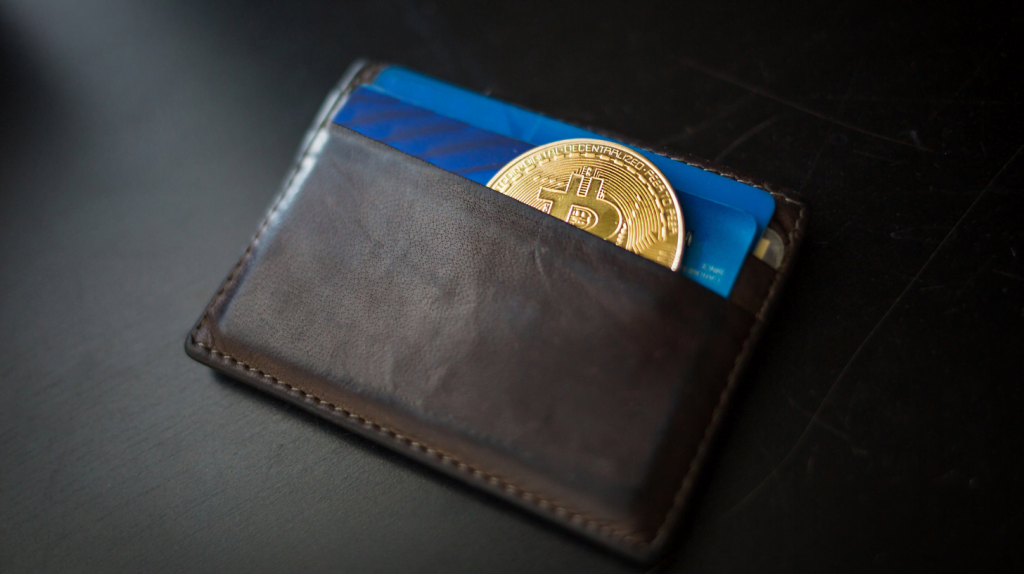
Wallet Types
A hardware wallet is a physical device that you connect to your computer or mobile device via USB. It allows you to store your private keys offline, providing an extra layer of security. A software wallet, on the other hand, is a program or application that you install on your computer, phone, or tablet. It can be either a desktop wallet, mobile wallet, or online wallet. A custodial wallet, like those offered by cryptocurrency exchanges, is a wallet where a third party holds your private keys on your behalf.
Private Keys and Wallet Addresses
When you use a cryptocurrency wallet, you’ll have a unique private key that allows you to access your funds. Your private key is a string of letters and numbers that serves as your password for your wallet. It’s important to keep your private key secure because if someone else gains access to it, they can steal your cryptocurrency. A wallet address, on the other hand, is a string of letters and numbers that identifies your wallet. Think of it like a bank account number or an email address that you use to send and receive cryptocurrency.
Using a Blockchain Explorer
You can use a blockchain explorer to track transactions on the blockchain. The blockchain is a decentralized ledger that records all cryptocurrency transactions. A blockchain explorer allows you to view all the transactions that have occurred on the blockchain, as well as the current state of the blockchain.
Choosing a Wallet
When choosing a wallet, it’s important to do your research and choose a reputable provider. Look for wallets that have a good reputation, offer strong security features, and have positive user reviews. It’s also important to choose a wallet that supports the specific cryptocurrency you’re looking to store.
Whether you choose a hardware wallet or a software wallet, it’s important to keep your private keys secure and to back up your wallet information. Make sure to store your private key in a safe place and never share it with anyone. Additionally, backup your wallet regularly, either by exporting your private keys or storing a copy of your wallet file in a secure location.
Steps to Take When You Lose Access to Your Wallet
Losing access to your cryptocurrency wallet can be a stressful experience, but it’s important to stay calm and take immediate action to recover your lost funds. Here are some steps you can take:
- Don’t panic: Try to stay calm and avoid making any hasty decisions that could make the situation worse.
- Search for physical copies or backups: Check if you have any physical copies or backups of your wallet information, such as a seed phrase or private key. These could be stored in a safe or safety deposit box.
- Contact the wallet provider: If you’ve lost access to your wallet due to a technical issue, contact the wallet provider and explain the situation. They may be able to assist you in recovering your wallet or restoring access.
- Reach out to cryptocurrency exchanges: If you’ve lost access to your wallet due to lost bitcoins or a lost private key, reach out to any relevant cryptocurrency exchanges for assistance. They may be able to help you recover your lost crypto assets.
- Consider using recovery tools: If you’re unable to recover your wallet through the above steps, consider using a recovery service or tool. These services can help you recover lost bitcoin or other crypto assets, but be sure to choose a reputable service.
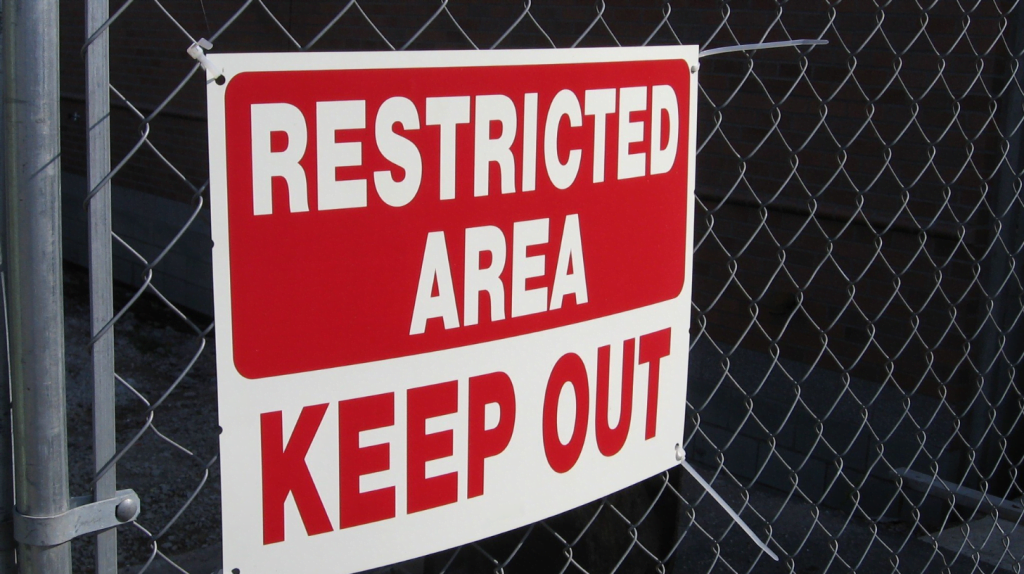
Remember, it’s important to act quickly and take steps to recover your lost funds as soon as possible. By staying calm and taking proactive steps, you may be able to recover your wallet and lost cryptocurrency.
Utilizing Recovery Services and Tools
If you have exhausted all other options but still can’t recover your lost cryptocurrency, you may want to consider utilizing recovery services and tools. These services and tools specialize in recovering lost or inaccessible cryptocurrency and may be able to help you recover your digital assets.
However, it is essential to note that not all recovery services and tools are trustworthy. Some scammers may take advantage of your desperation to steal your remaining funds or private keys. Therefore, it’s crucial to do your research and choose a reputable recovery service or tool.
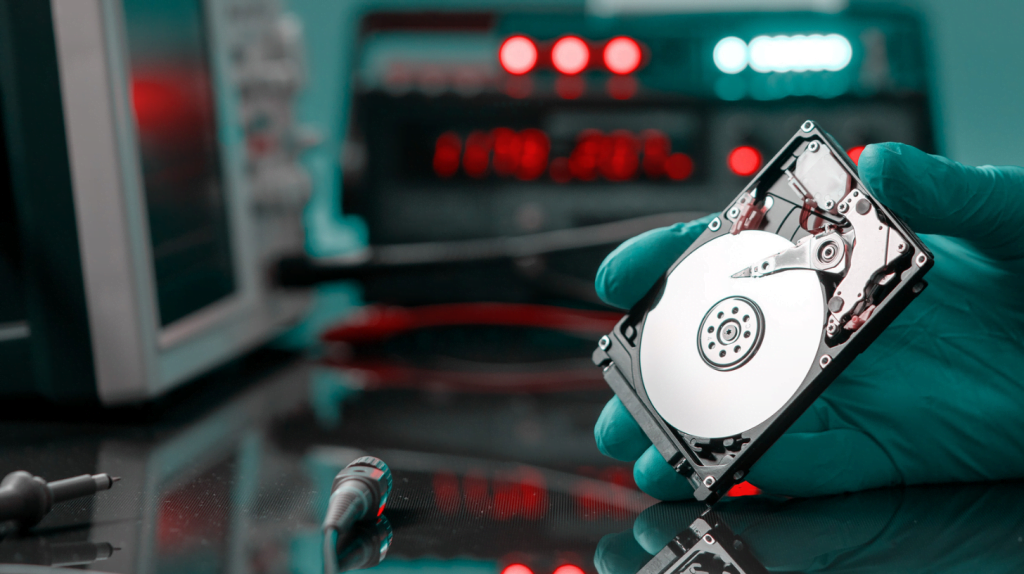
When selecting a recovery service or tool, look for reviews and recommendations from trusted sources. You can also ask for referrals from fellow crypto investors who may have gone through the same experience. Additionally, ensure that the service or tool you choose does not require you to give up your private keys or seed phrase, as this could compromise the security of your remaining funds.
Another option for utilizing blockchain technology to aid in the recovery process is through blockchain explorers. These tools allow you to track and follow transactions on the blockchain, which can help you locate any missing funds. Some blockchain explorers also offer recovery services and may be able to help you recover lost or stolen cryptocurrency.
Seeking Assistance from Cryptocurrency Exchanges
If you are unable to recover your lost cryptocurrency on your own, seeking assistance from a cryptocurrency exchange may be your best option. Most exchanges have dedicated customer support teams that can help you recover your funds, especially if the exchange was the source of the lost cryptocurrency.
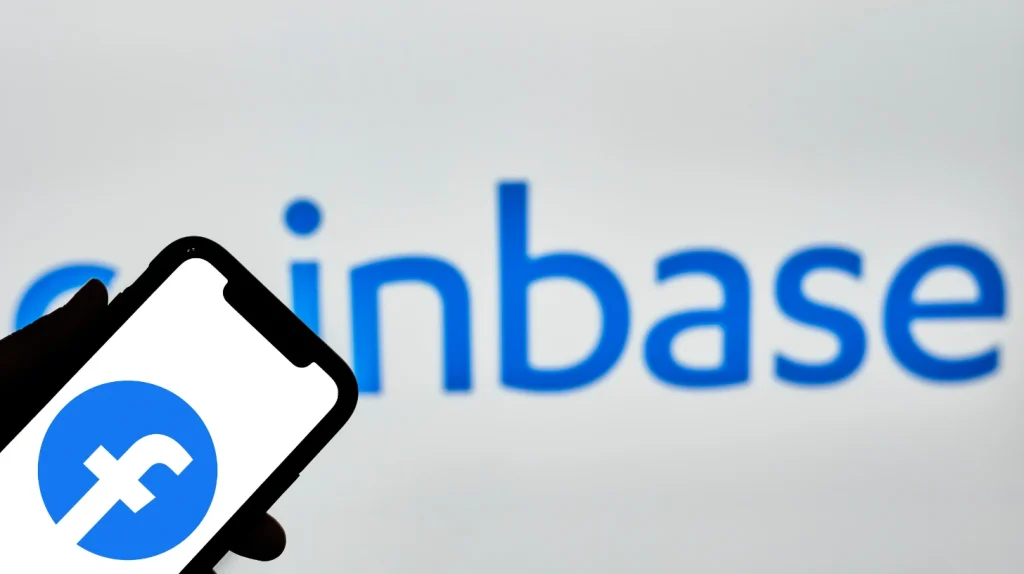
To get started, you will typically need to open a support ticket with the exchange and provide relevant details about the lost funds, including transaction details and proof of ownership. The exchange will then investigate the issue and work with you to recover your crypto assets.
It is important to note that the process of recovering lost cryptocurrency through an exchange can be time-consuming and may require patience and persistence. You may need to provide additional documentation or follow up with the exchange multiple times to ensure that your issue is being addressed.
Additionally, not all exchanges have the capability to recover lost funds, especially if they were withdrawn from the exchange and sent to an external wallet. However, it is always worth reaching out to the exchange for assistance, as they may be able to provide valuable guidance or resources.
Overall, if you have exhausted all other options for recovering your lost cryptocurrency, seeking assistance from a reputable cryptocurrency exchange can be a helpful and effective solution for reclaiming your lost funds.
Creating a New Wallet and Transferring Funds
If you’ve been able to recover your lost cryptocurrency, the next step is to create a new wallet and transfer your funds to it. This is a crucial step in ensuring the security of your digital assets in the future.
To create a new wallet, you will need to generate new private keys and wallet addresses. This can be done through a variety of methods, including using a hardware wallet, downloading a software wallet, or creating a new wallet on an exchange.

Regardless of the method you choose, it’s important to ensure that the new wallet information is stored securely and backed up regularly. This can be done by writing down the private keys and wallet address on a piece of paper and storing it in a safe location, or by using a password manager to securely store the information.
Once you have set up your new wallet, you can transfer your recovered funds to it by sending bitcoin or other cryptocurrency from your old wallet to your new one. This can be done through the blockchain, using your private keys and wallet address to initiate the transaction.
It’s important to double-check the recipient address and the amount of cryptocurrency being sent to ensure that the transaction is successful and that you don’t accidentally send your funds to the wrong address. Remember to take your time and be careful during this process to avoid any mistakes.
By creating a new wallet and transferring your recovered funds to it, you can rest easy knowing that your digital assets are now secure and under your control. Remember to always prioritize the security and protection of your cryptocurrency to prevent any future losses.
Additional Tips for Safeguarding Your Cryptocurrency
Now that you have recovered your lost funds, it’s important to take proactive measures to prevent this from happening again in the future. Here are some additional tips to help safeguard your crypto assets:
- Buy bitcoin and other cryptocurrencies only from reputable sources: Avoid purchasing from unknown or unverified sellers as this increases the risk of buying fraudulent or stolen assets.
- Regularly back up your wallet information: Make sure to consistently store your private keys and wallet addresses in a secure location, such as an encrypted USB drive or offline storage.
- Use hardware wallets for increased security: Hardware wallets provide an added layer of protection by storing your crypto assets offline and away from potential hackers.
- Be cautious with your personal information: Avoid sharing your wallet information or personal details online or with anyone not directly involved in your crypto transactions.
- Report any suspicious activity: If you suspect your crypto assets have been lost or stolen, report it to the relevant authorities and take immediate action to secure and recover your funds.
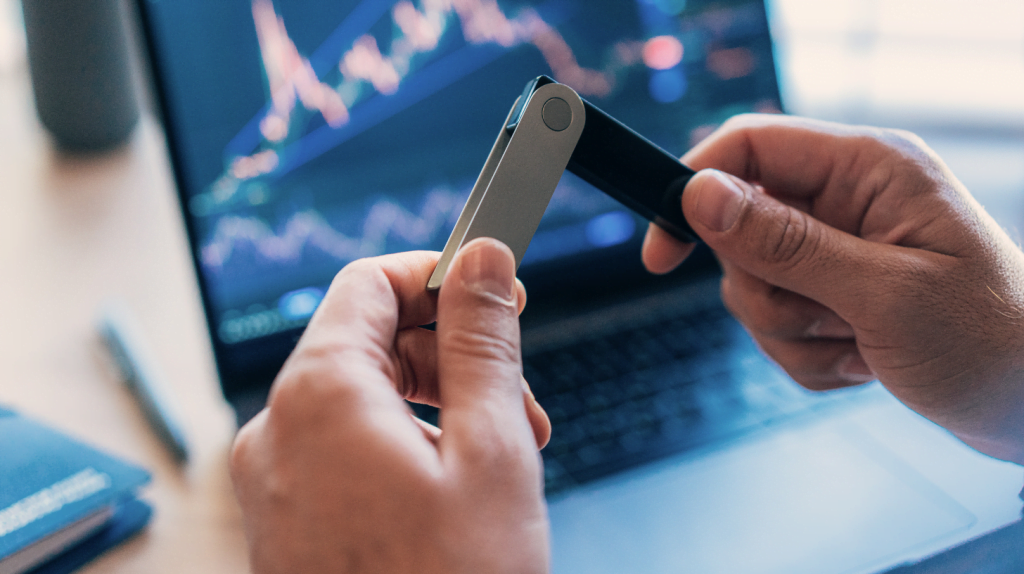
Remember, while it may be impossible to recover all lost cryptocurrency, taking proactive measures to safeguard your assets can help minimize the risk of future losses.
Conclusion
Recovering lost cryptocurrency may seem daunting, but it is possible with the right steps and resources. By understanding the basics of cryptocurrency wallets, taking immediate action when you lose access to your wallet, seeking assistance from recovery services or exchanges, creating a new wallet and transferring funds, and proactively safeguarding your crypto assets, you can safely recover your lost funds and prevent future loss.
Remember, it’s crucial to stay calm and avoid panic when facing a potential loss of cryptocurrency. Reach out for help if needed and always prioritize the security and protection of your digital assets.
FAQ
Q: How can I recover my lost cryptocurrency safely?
A: Recovering lost cryptocurrency safely requires following a series of steps, including identifying your lost wallet, utilizing recovery services, seeking assistance from cryptocurrency exchanges, creating a new wallet, and transferring funds. It is important to stay calm, maintain good communication, and prioritize the security of your digital assets throughout the process.
Q: What should I do if I lose access to my cryptocurrency wallet?
A: If you lose access to your cryptocurrency wallet, it is important not to panic. Start by searching for any physical copies or backups of your wallet information that you may have. Reach out to any relevant cryptocurrency exchanges for assistance, providing them with as much information as possible. Remember to stay vigilant and cautious while navigating the recovery process.
Q: Are there any recovery services or tools available to help find lost cryptocurrency?
A: Yes, there are recovery services and tools available that can assist in finding lost cryptocurrency. However, it is important to choose a reputable service and be aware of the associated risks. Utilizing blockchain technology can also be helpful in the recovery process. Do thorough research and consider seeking professional assistance if needed.
Q: How can cryptocurrency exchanges help in recovering lost funds?
A: Cryptocurrency exchanges can play a role in recovering lost funds. Reach out to the exchanges, providing them with relevant transaction details and proof of ownership. Maintain open communication with the exchange throughout the recovery process and follow their guidance. Remember that each exchange may have its own policies and procedures.
Q: How do I create a new wallet and transfer funds after recovering my lost cryptocurrency?
A: After recovering your lost cryptocurrency, it is recommended to create a new wallet for increased security. Follow the step-by-step instructions provided by your chosen wallet provider to set up a new wallet, generate new private keys, and wallet addresses. Safely transfer any recovered funds to the new wallet and ensure that you securely manage and backup the new wallet information.
Q: What additional steps can I take to safeguard my cryptocurrency in the future?
A: To safeguard your cryptocurrency in the future, consider purchasing from reputable sources, regularly backing up your wallet information, and using hardware wallets for increased security. Stay vigilant and cautious in the crypto space, and be aware of potential scams and threats. Stay informed about the latest security best practices and stay proactive in protecting your digital assets.
